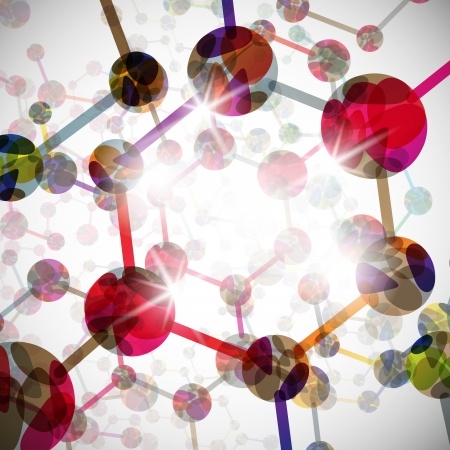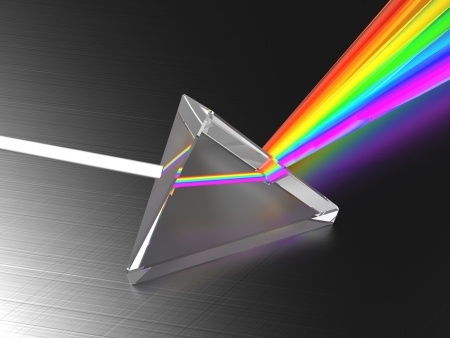The super hadron collider, quick charging aluminum batteries, NFL concussions and the most expensive telescope ever. Just a few of the items in this eclectic collection of current science news stories.
SciNews is published every Monday and Thursday. Stay tuned for more.
 Biology
Biology
Characteristic pattern of protein deposits in brains of retired NFL players who suffered concussions. Science Daily
A new study takes another step toward the early understanding of a degenerative brain condition called chronic traumatic encephalopathy, or CTE, which affects athletes in contact sports who are exposed to repetitive brain injuries. Using a new imaging tool, researchers found a strikingly similar pattern of abnormal protein deposits in the brains of retired NFL players who suffered from concussions. Read More…
Chemistry

New Aluminum Battery Takes Just 60 Seconds To Charge. Discover
Researchers from Stanford University have built a battery that does everything you wish your cell phone’s lithium-ion battery could. The team announced its aluminum-ion battery prototype Monday in the journal Nature, and it’s a glimmer of hope for every thumb-pounding smartphone addict. The battery can fully charge in about one minute, hold a charge longer than conventional batteries and is safer than lithium-ion batteries. Read More…
Cool Things You Probably Shouldn’t Microwave But Will Anyway. About Chemistry
hese microwave experiments are pretty cool, although the oven might not survive the experience. So, consider yourself warned. Microwave ovens work by inputting energy to whatever you are cooking, causing the molecules to vibrate. For food, the goal is to generate energy as heat, however, sometimes you can get an electric discharge when ionized gases form plasma. Other unfortunate outcomes are also possible. Take a look… Read More…
Physics
Restart of the Large Hadron Collider. Science Daily
Yesterday, the world’s most powerful particle accelerator began its second act. After two years of upgrades and repairs, proton beams once again circulated around the Large Hadron Collider, located at the CERN laboratory near Geneva, Switzerland. Read More…
Earth and Space Science
Why Canada is betting $243.5-million on a telescope that can see long ago as well as far away. Globe and Mail
The Thirty Metre Telescope (TMT) has all the makings of a giant discovery machine. Its primary mirror, composed of 492 hexagonal segments, will be wider than a National Hockey League rink. When pointed skyward, it will collect about 18 million times as much light from the distant stars as the human eye, giving astronomers the most penetrating and precise look at the universe they have ever known. Read More…
Complex organic molecules discovered in infant star system: Hints that building blocks of chemistry of life are universal. Science Daily
For the first time, astronomers have detected the presence of complex organic molecules, the building blocks of life, in a protoplanetary disc surrounding a young star. The discovery reaffirms that the conditions that spawned the Earth and Sun are not unique in the Universe. Read More…



